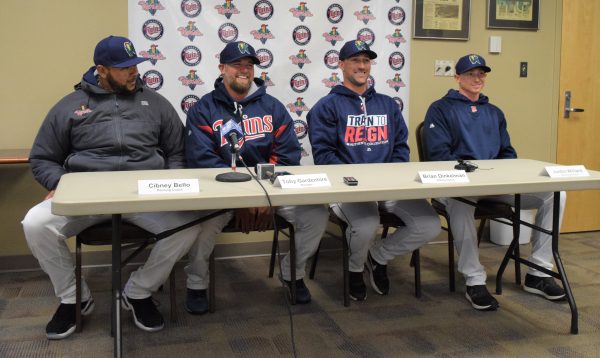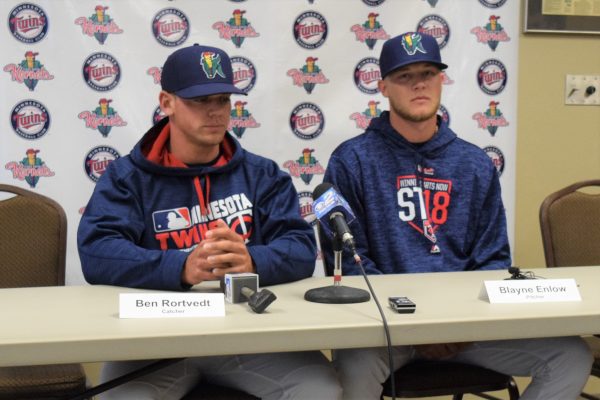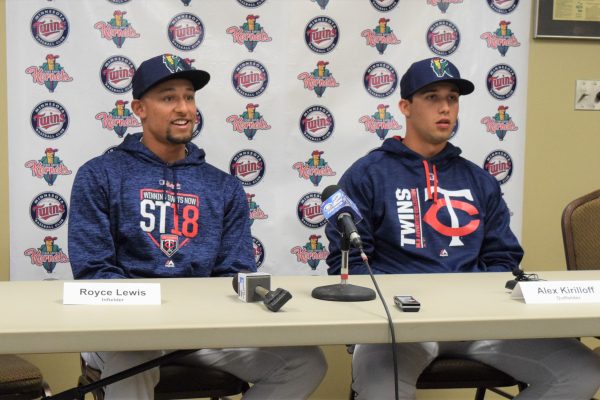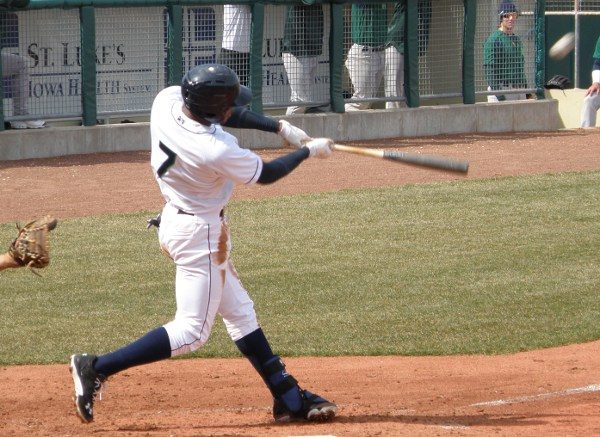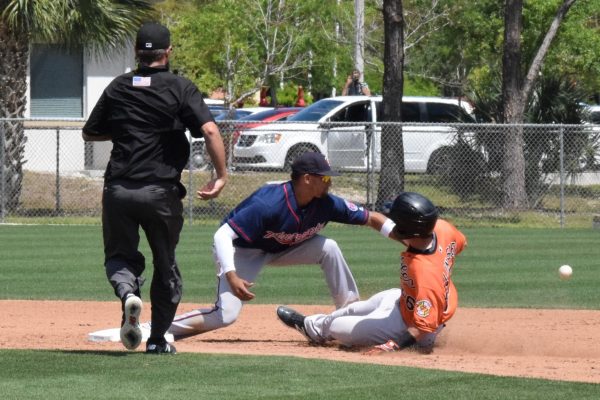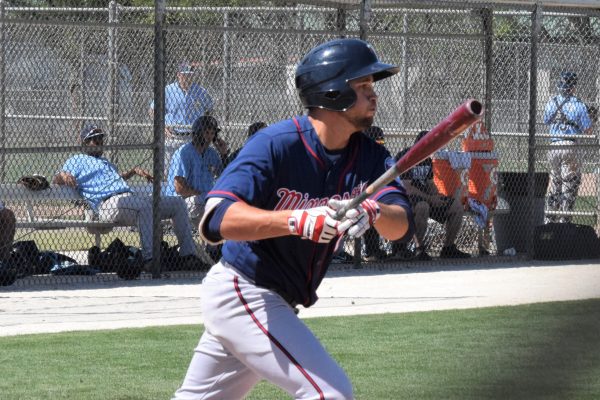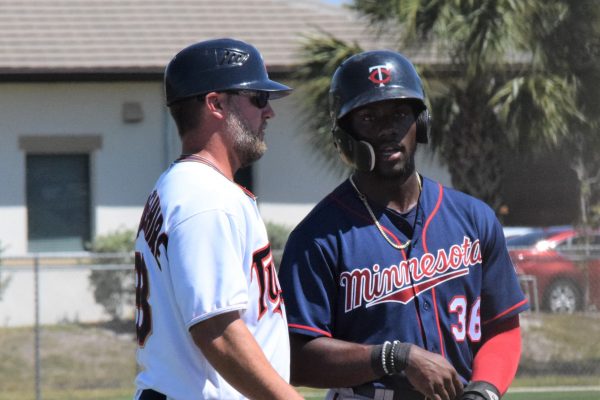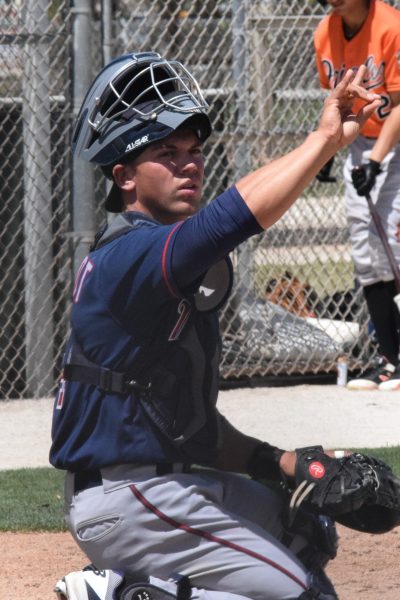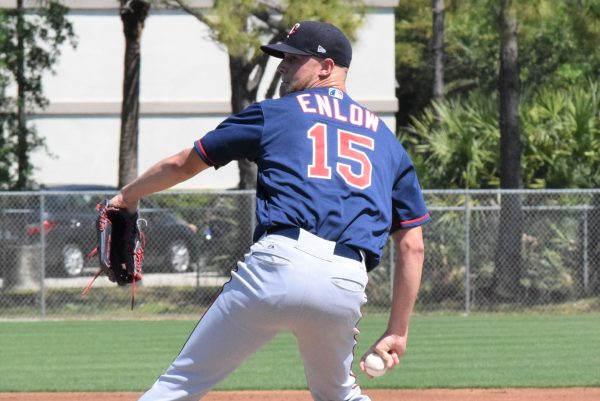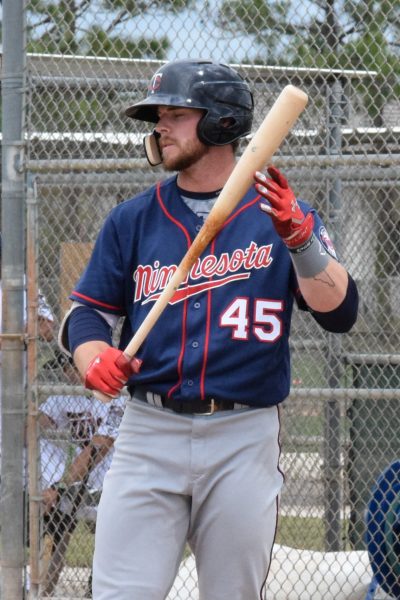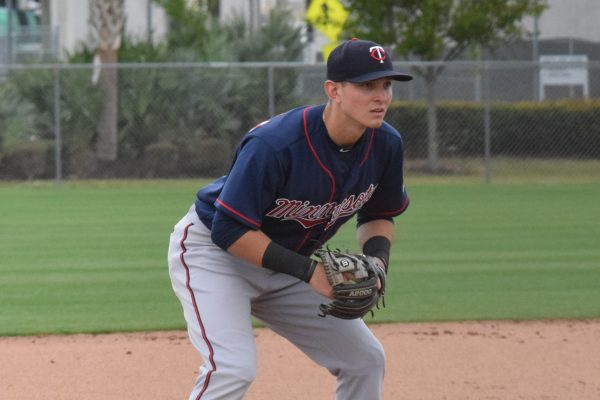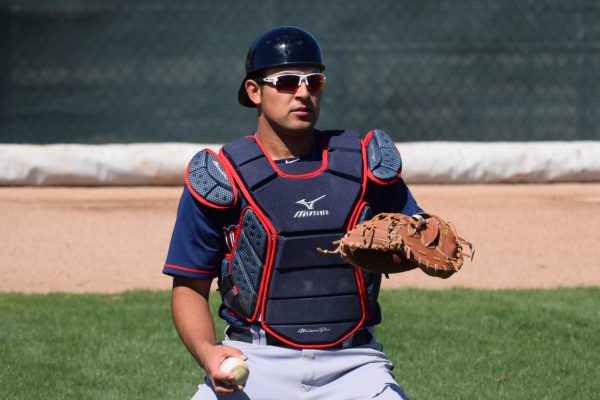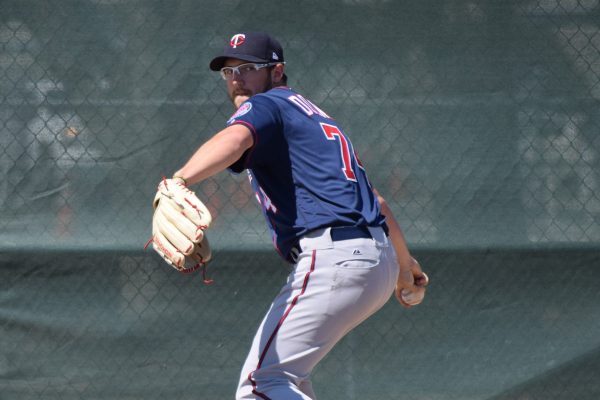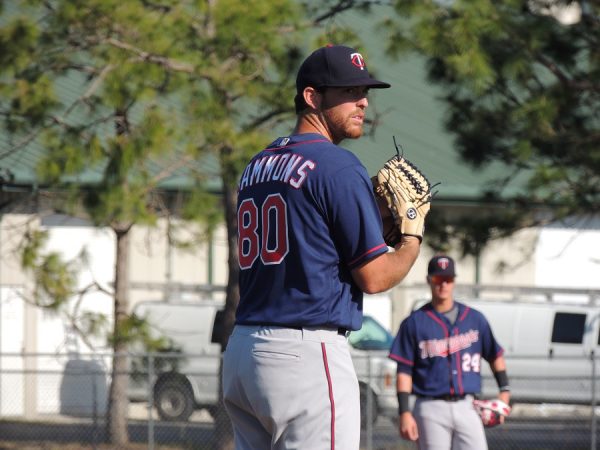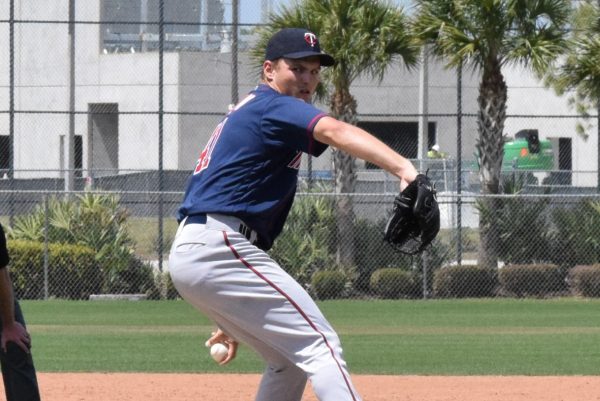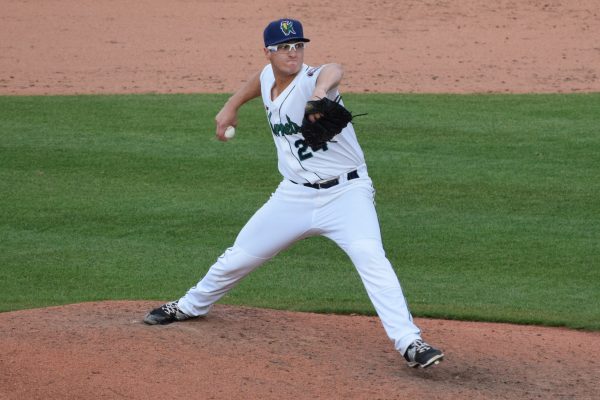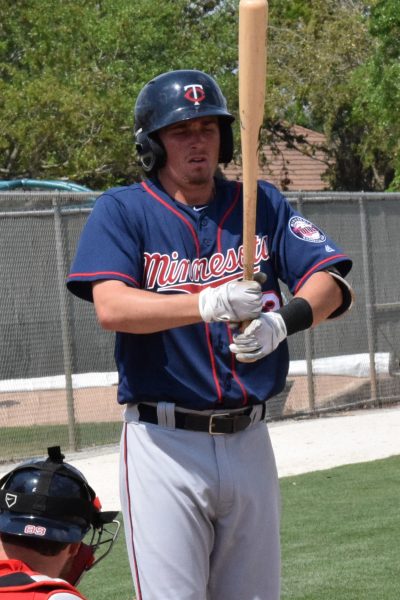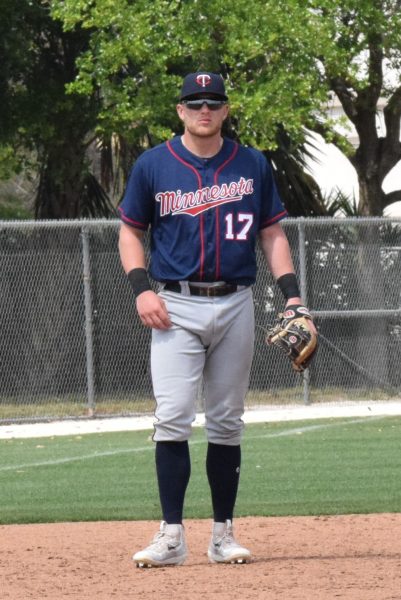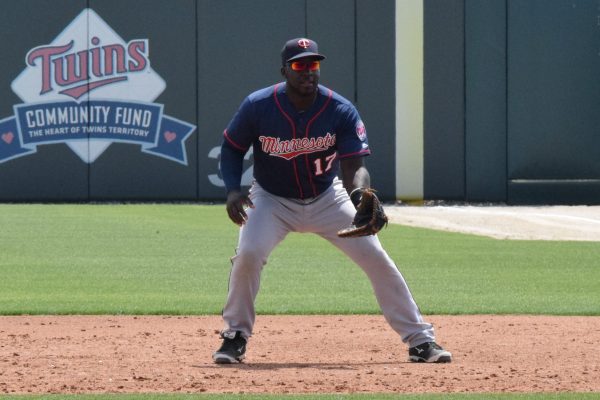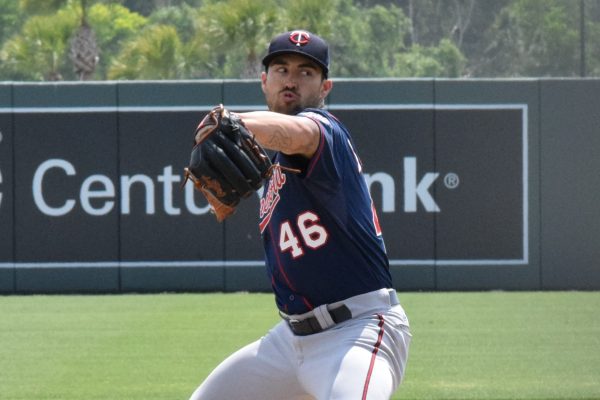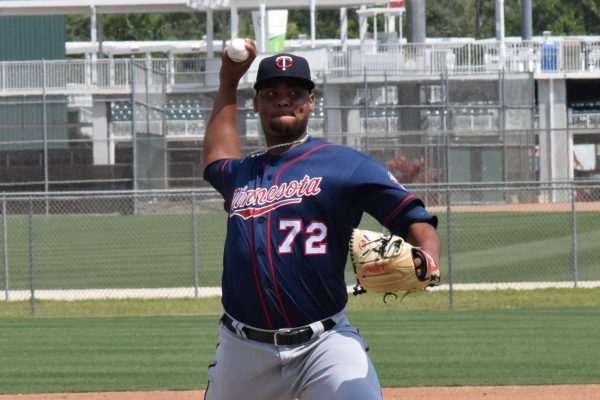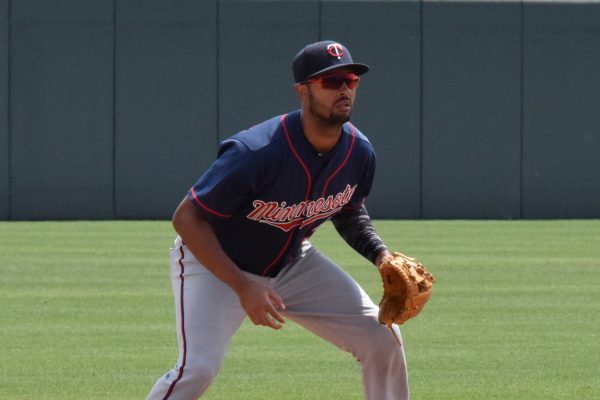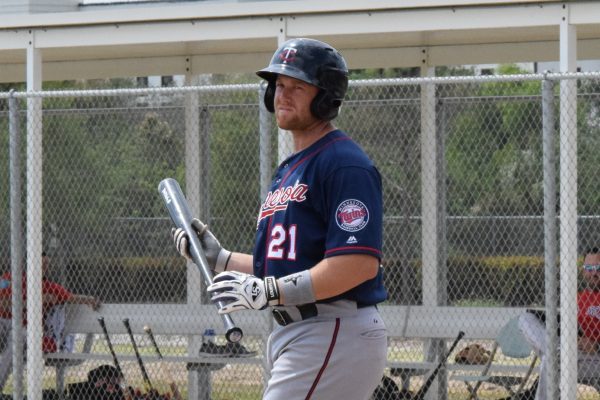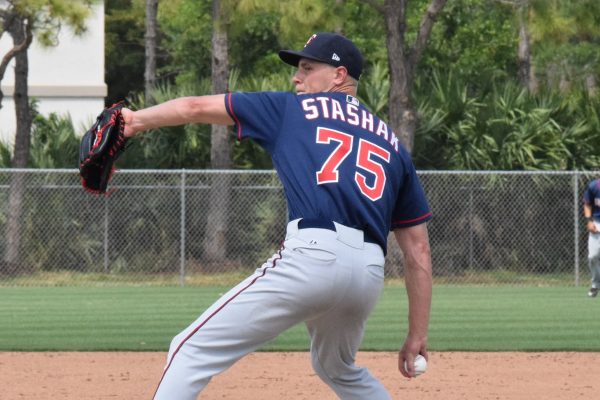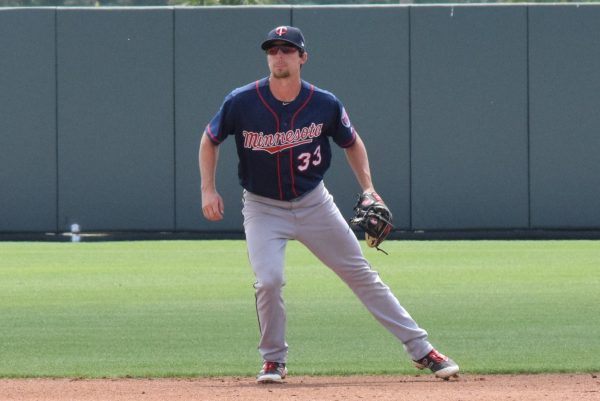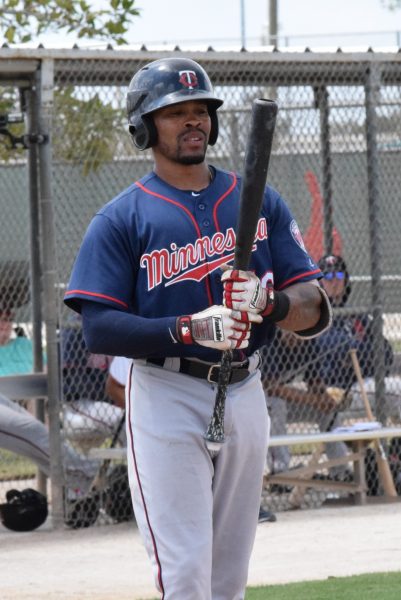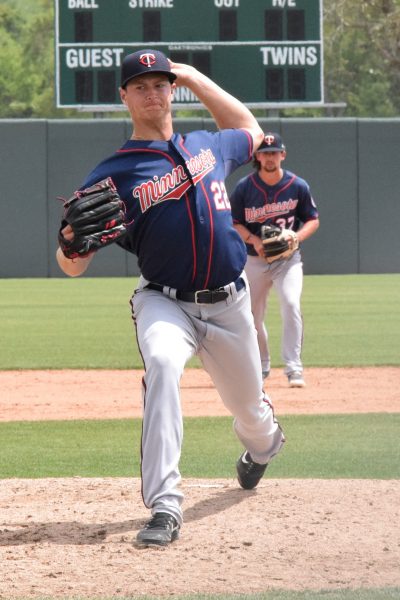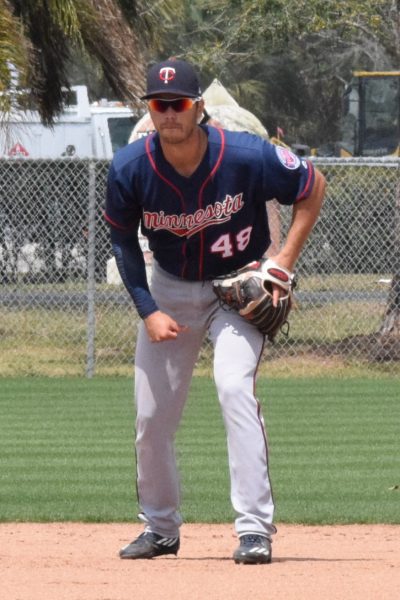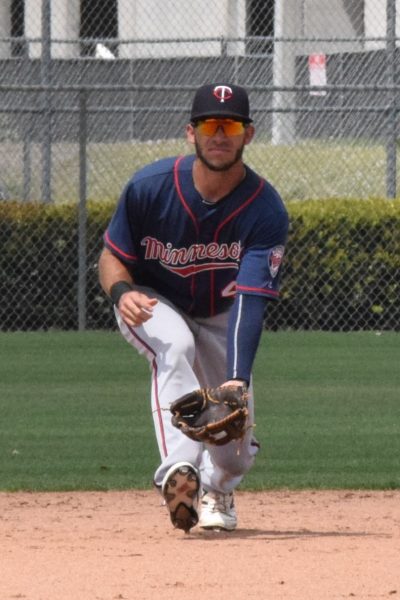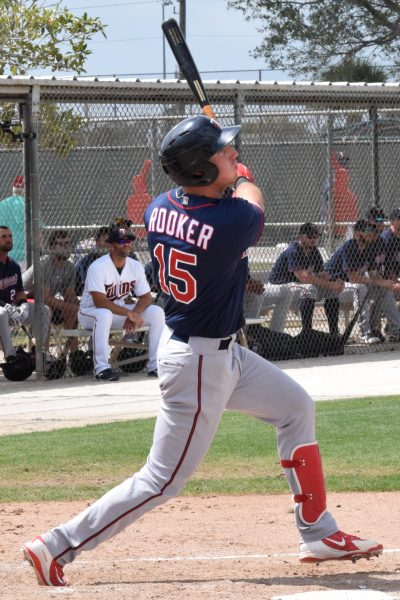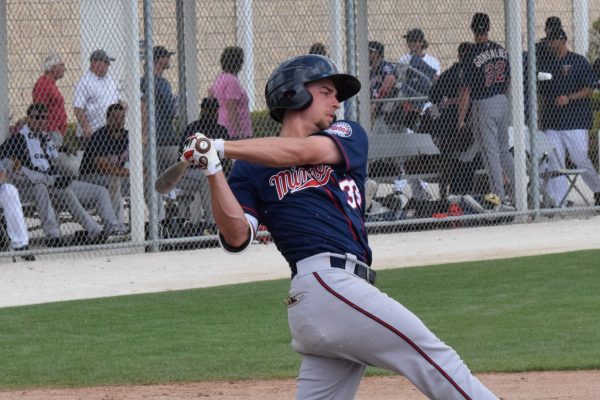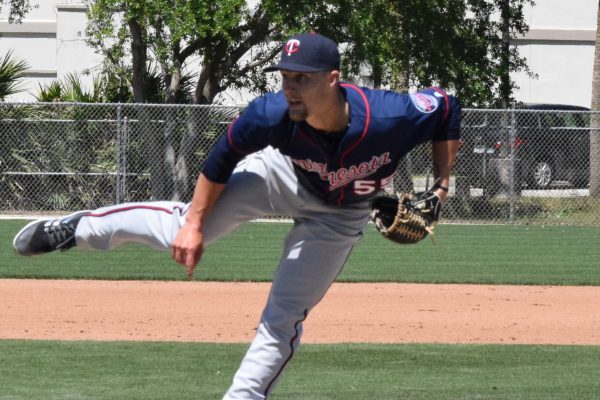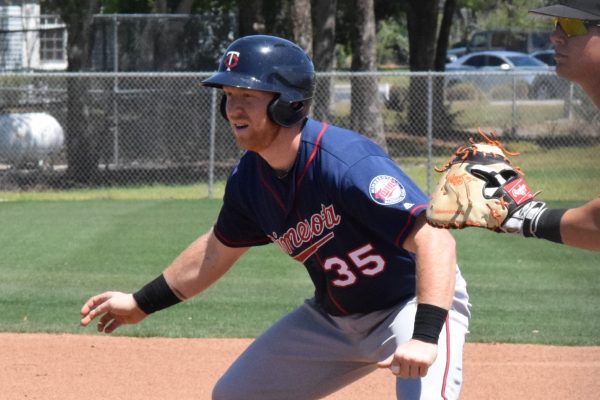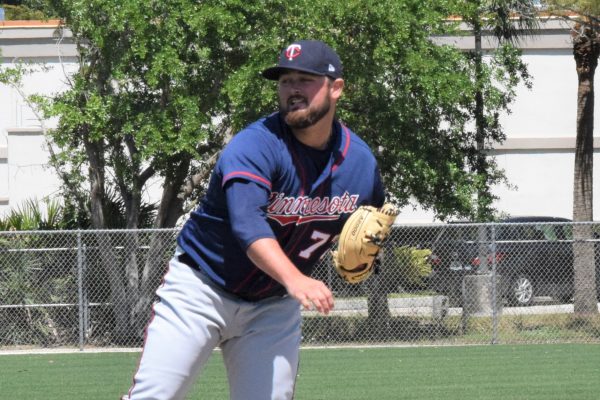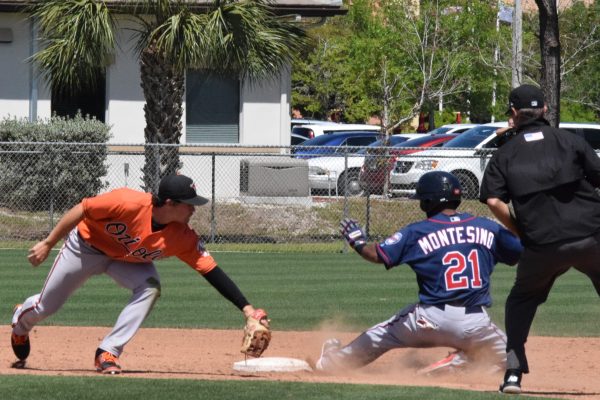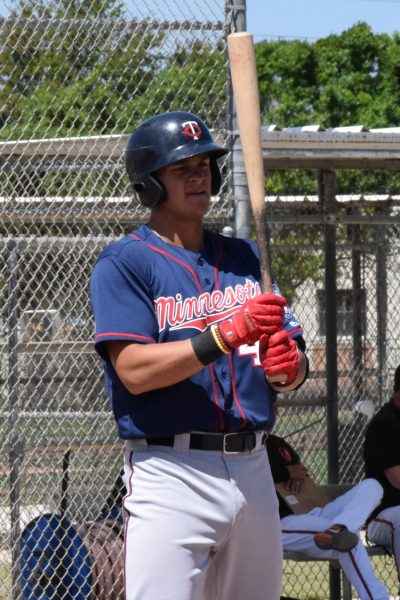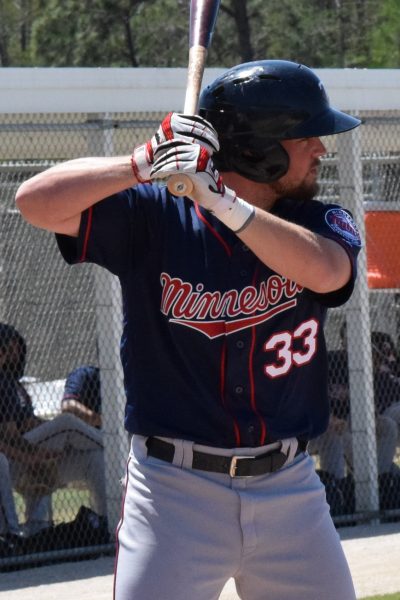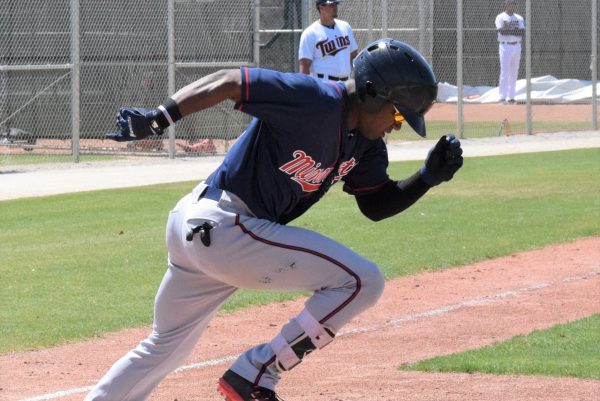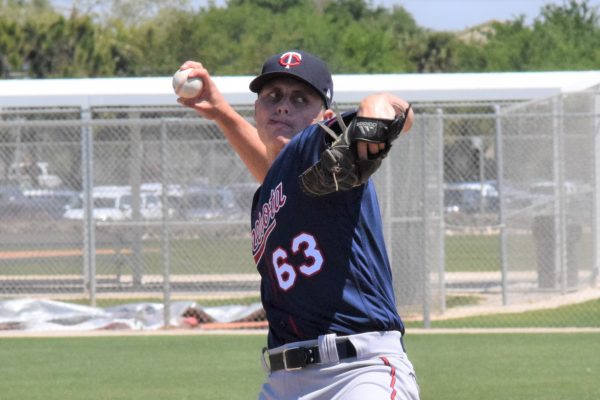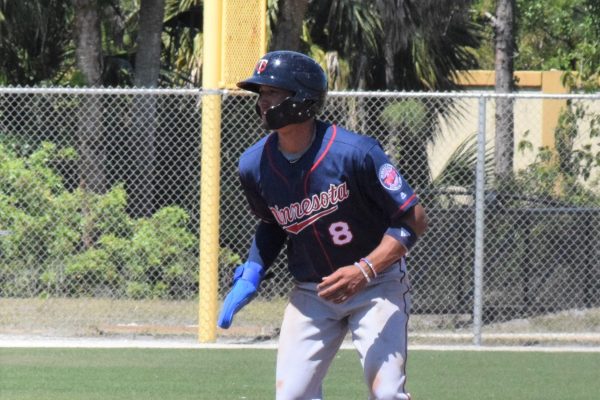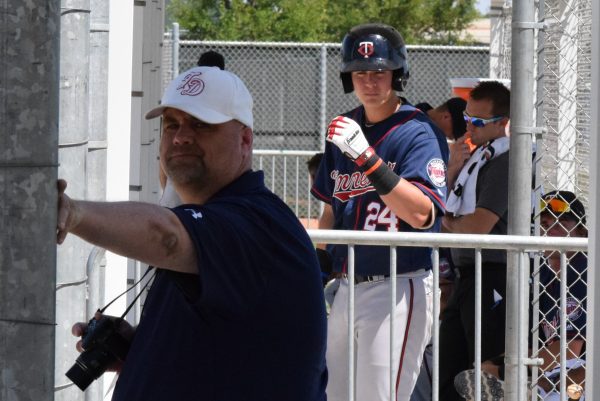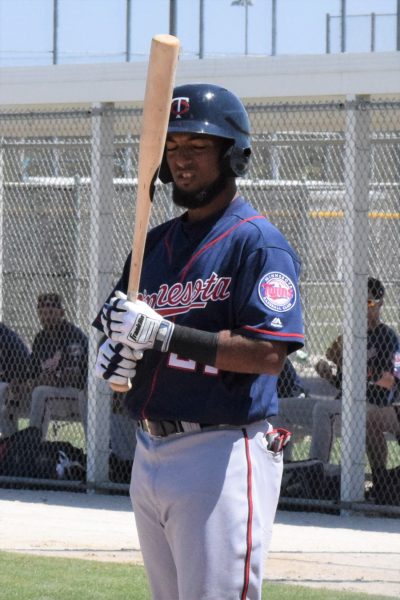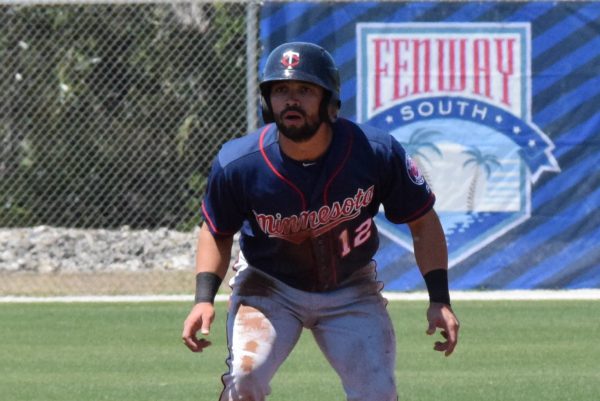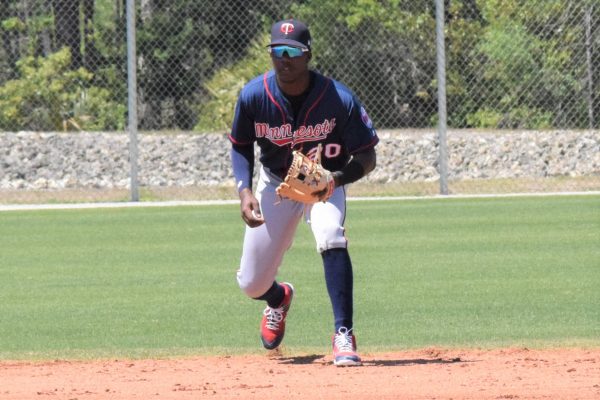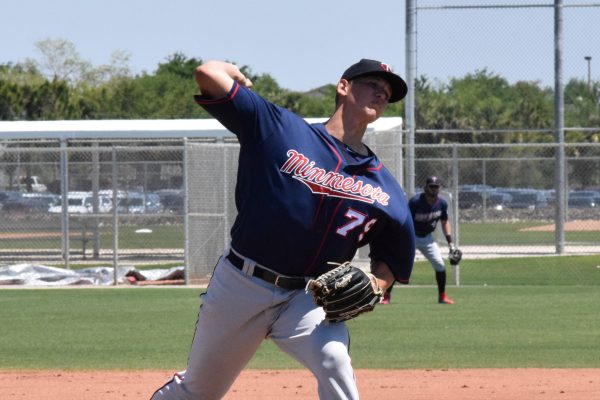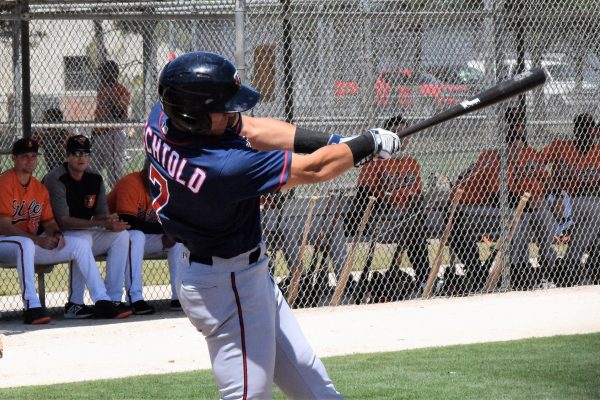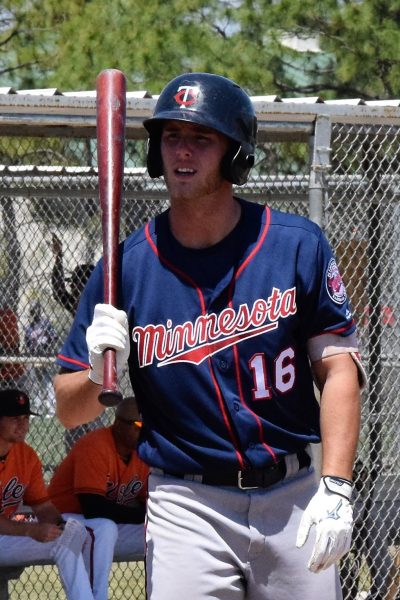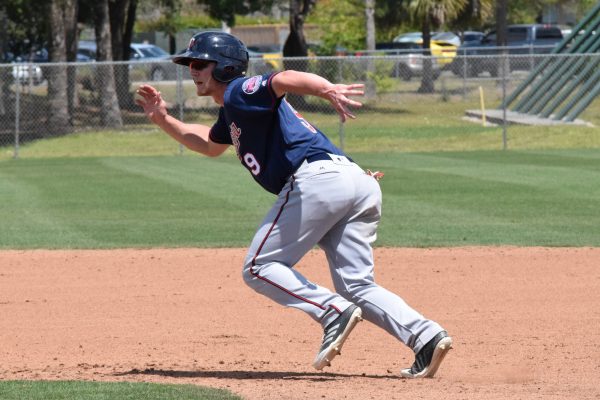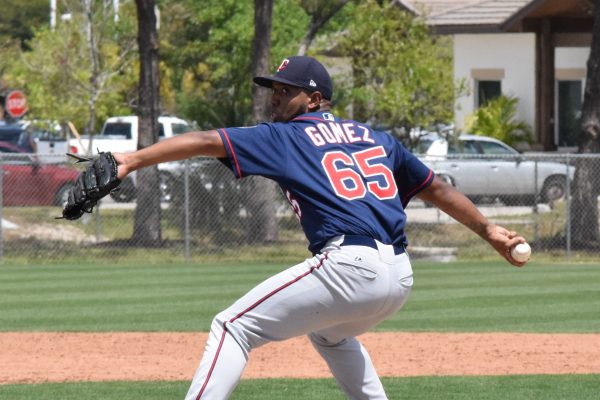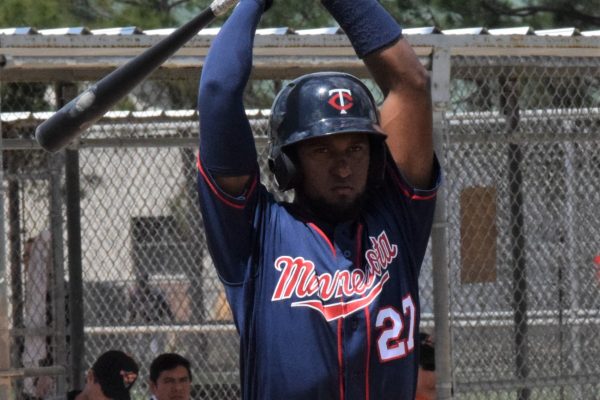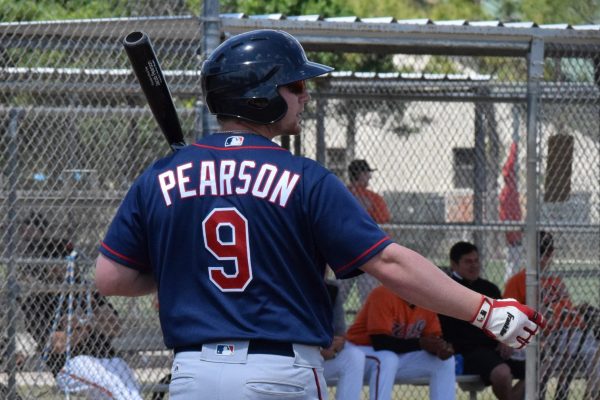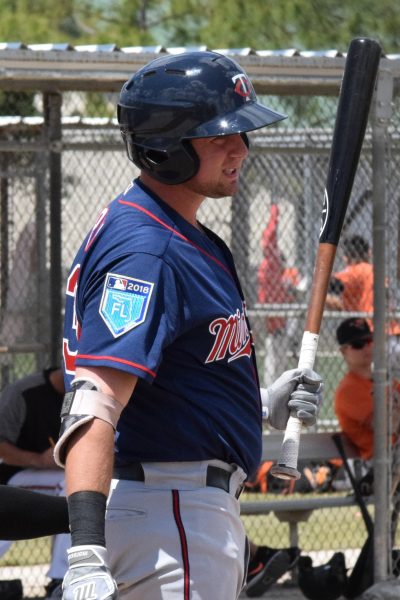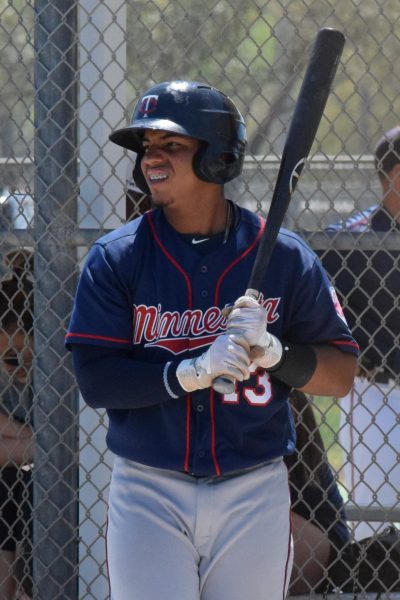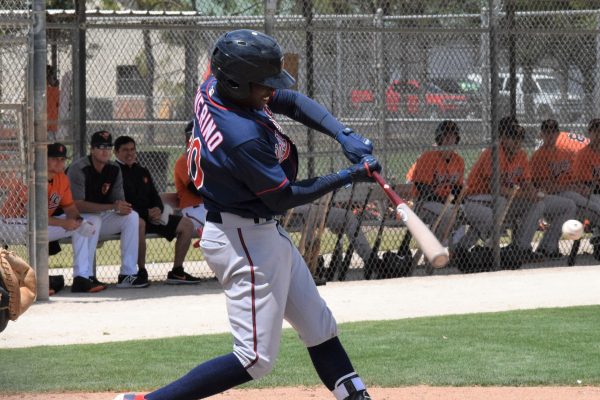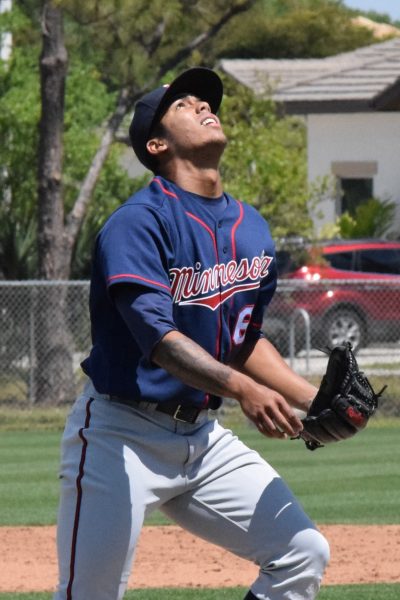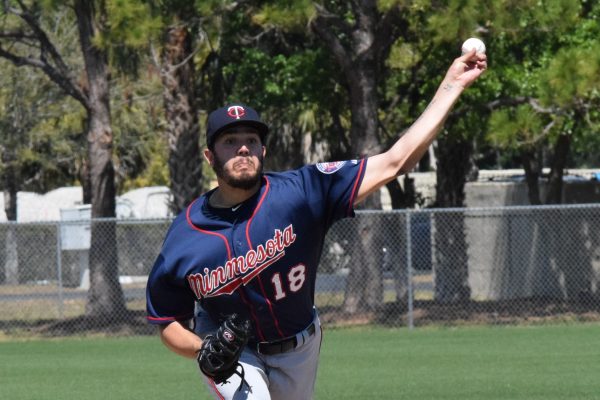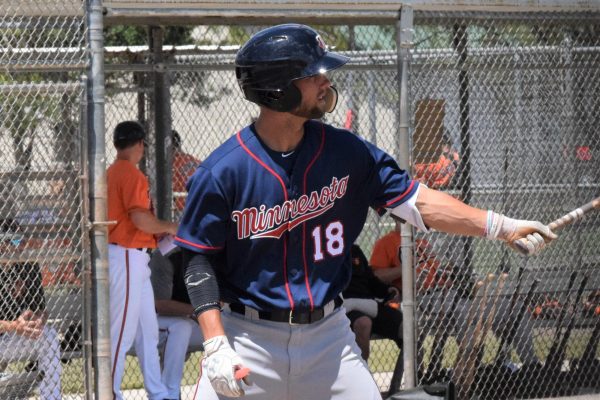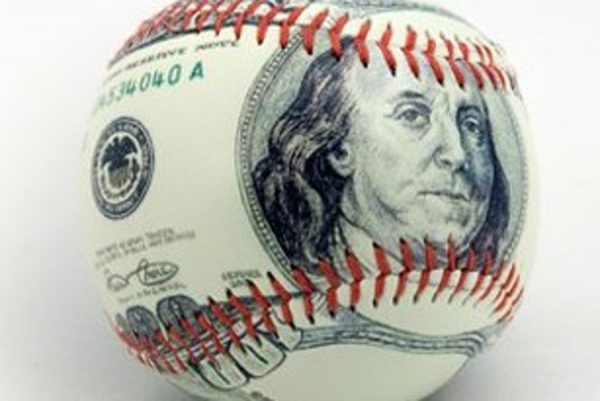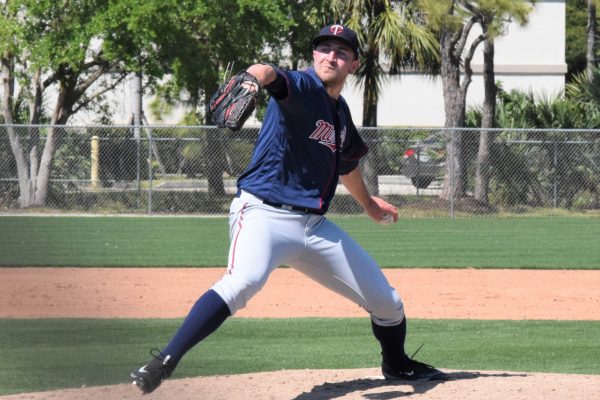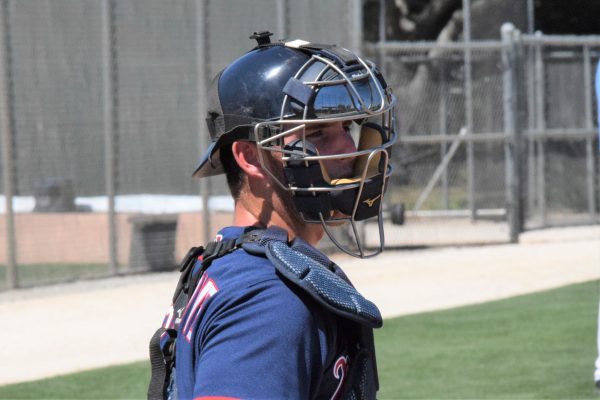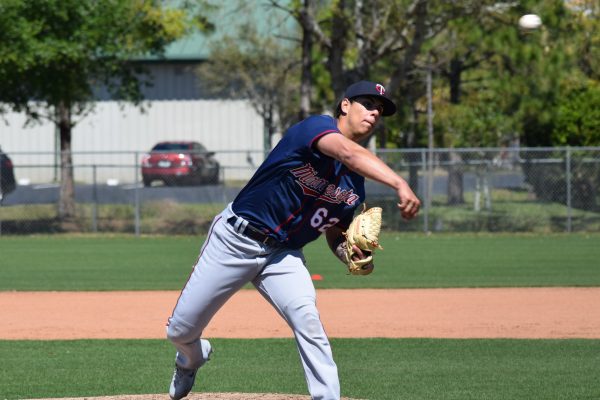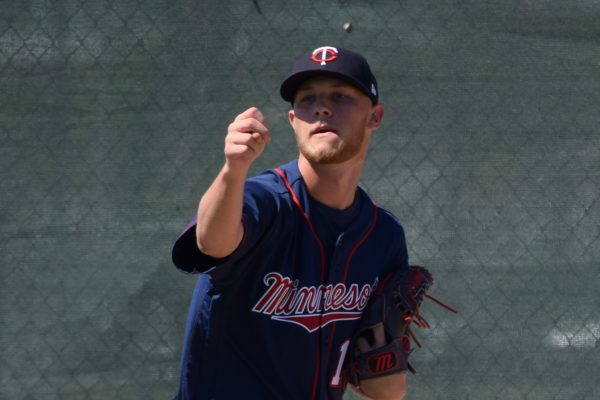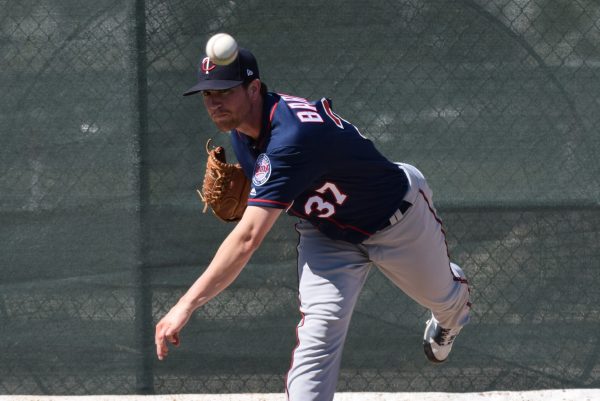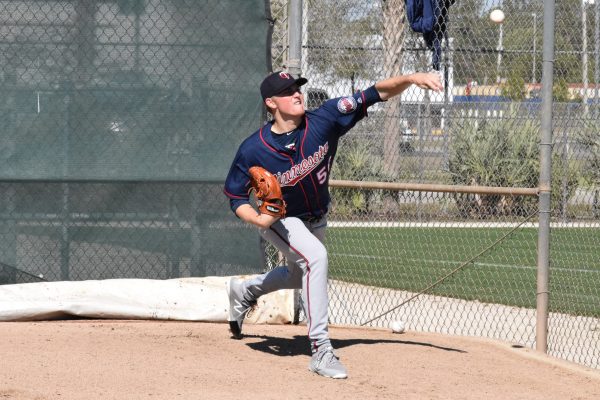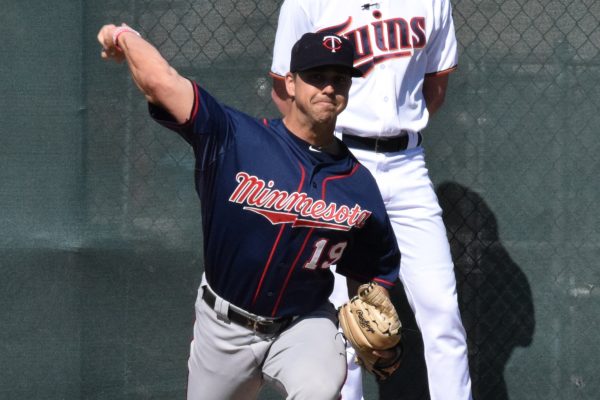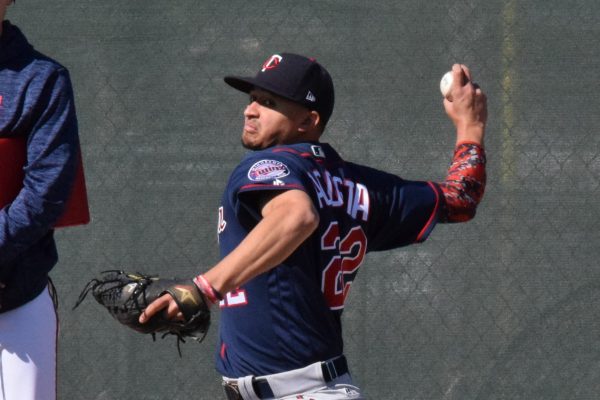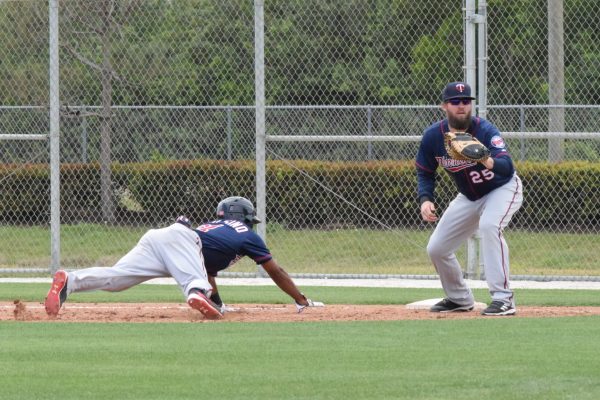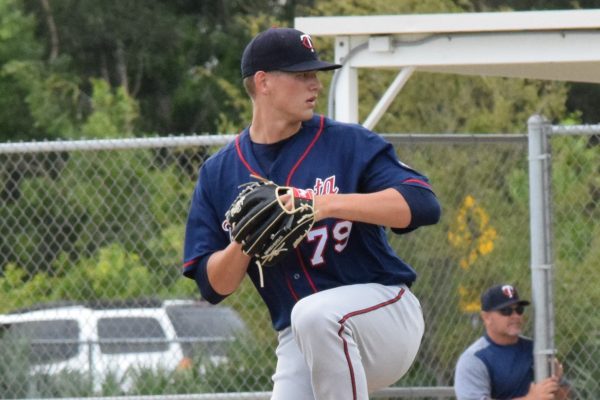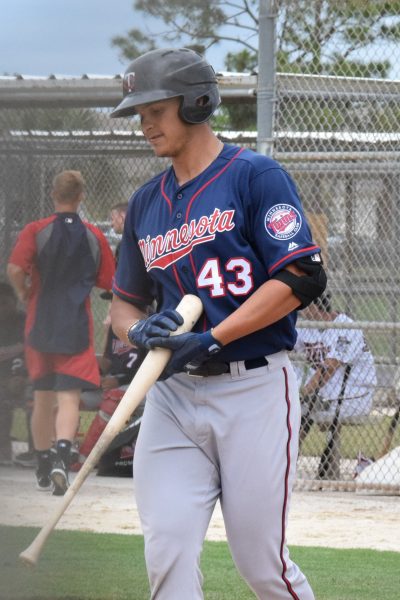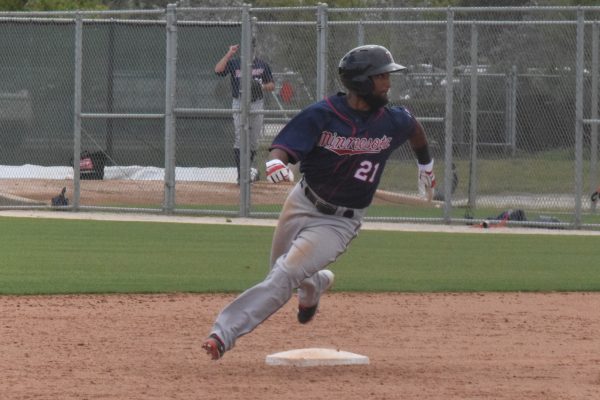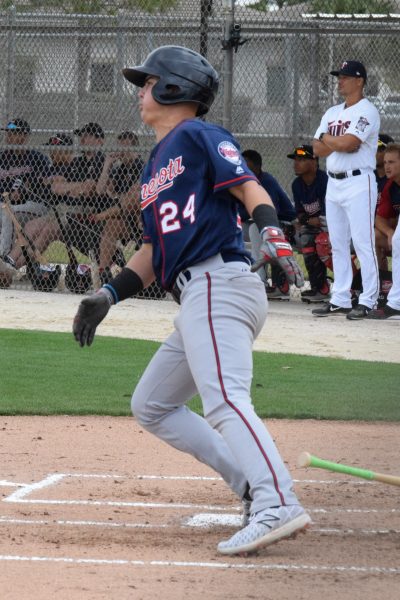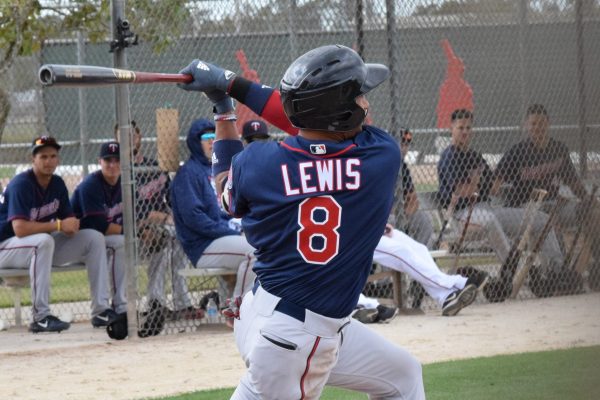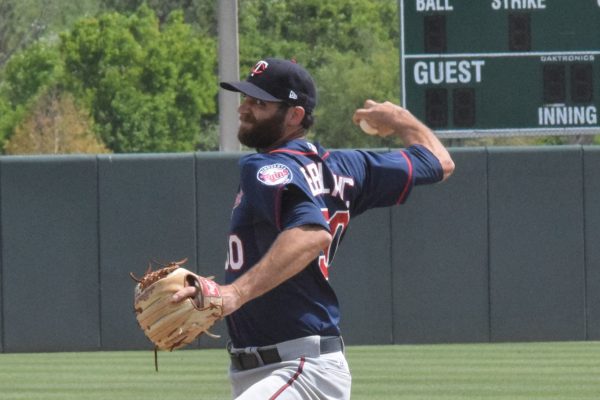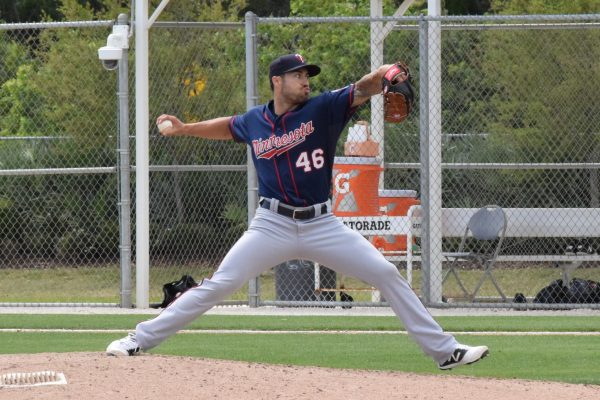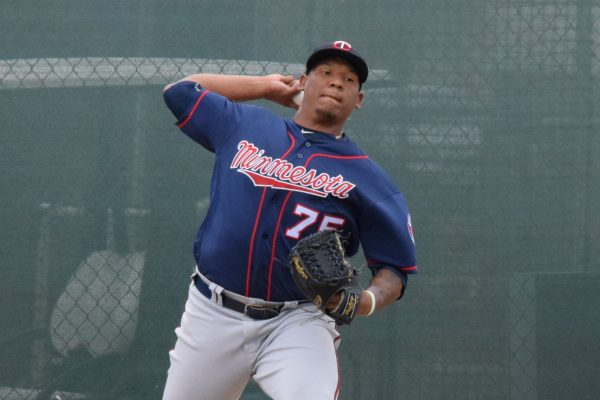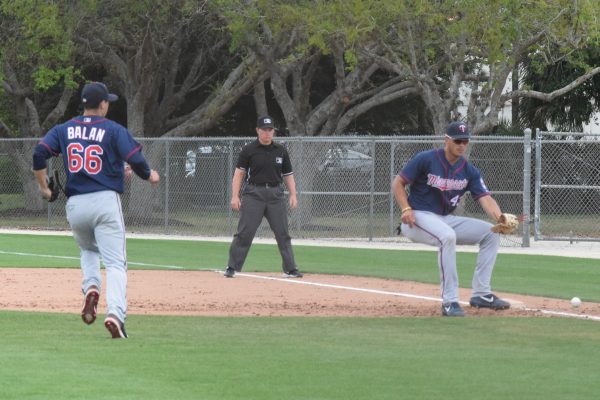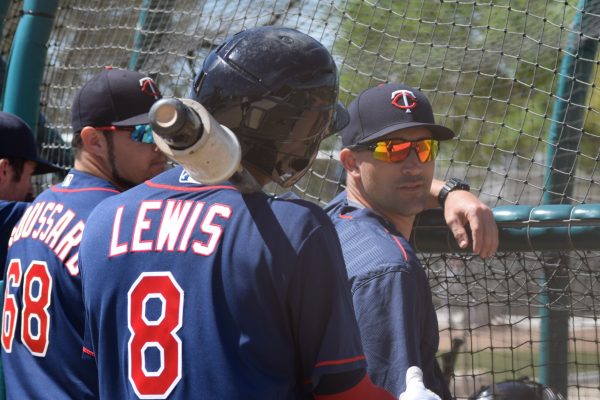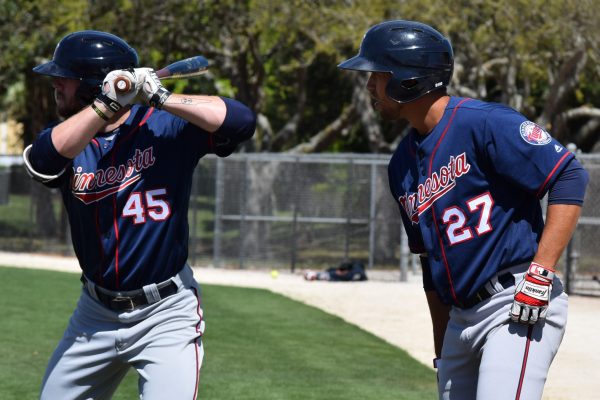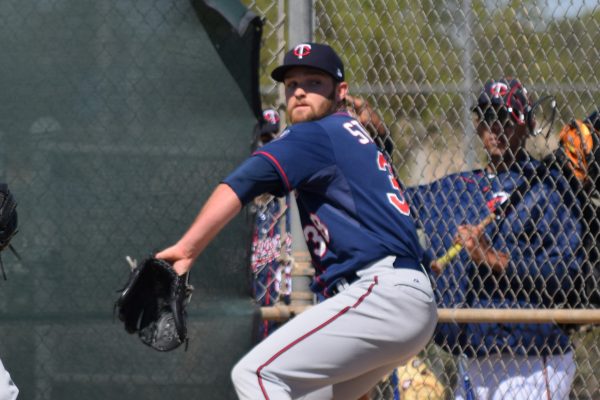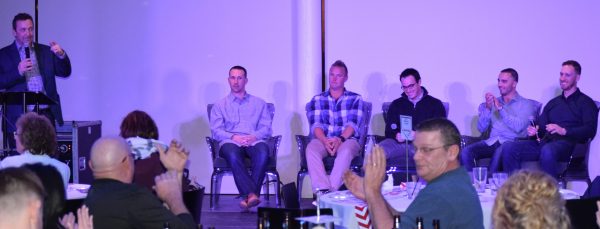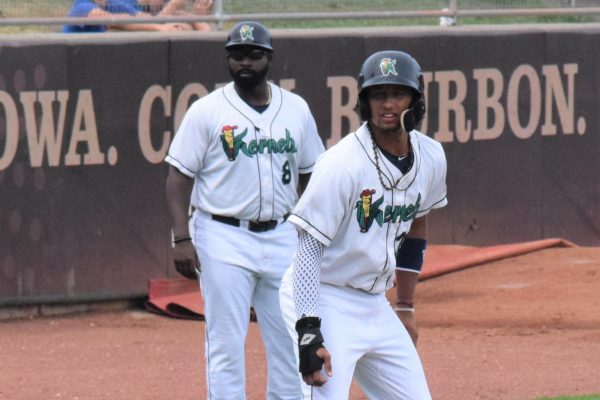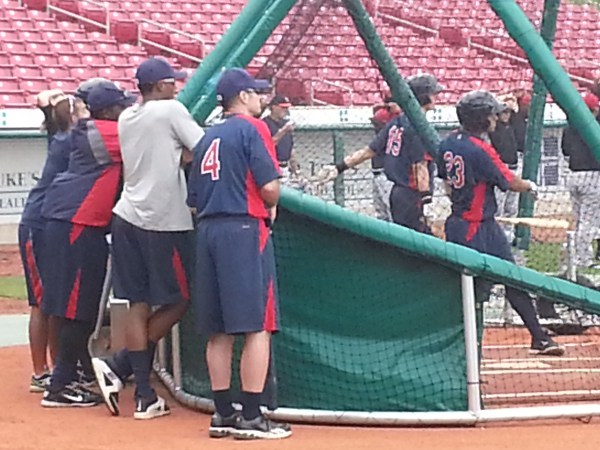Imagine for a moment that you grew up in an area where high temperatures each day run between 80 and 85 degrees, year-round.
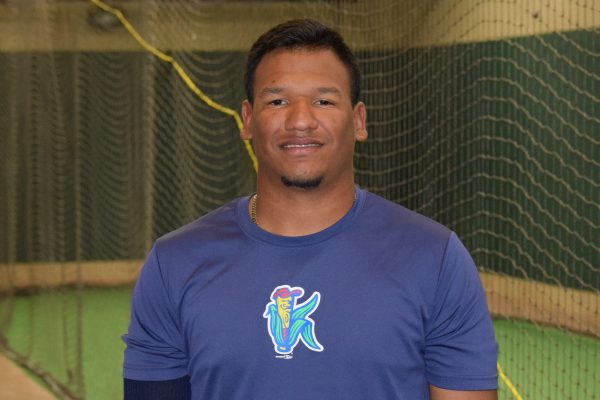
You enjoy sports, especially baseball, and you can literally play ball every day, all year, if you want.
You realize your dream of signing a professional baseball contract and then, one day, you’re pitching for the Cedar Rapids Kernels, a mere 2,600 miles, as the crow flies, from your home town.
Then you walk out to the mound to pitch your first game of the season and it’s 37 degrees with a 15 mile per hour wind slapping you in the face.
Welcome to the world of Kernels pitcher Edwar Colina, as it existed on April 7 this spring when he took to the mound for his first start in full-season professional baseball.
“It was hard for me,” Colina recalled this weekend, concerning his introduction to Midwest spring weather. “It was the first time in my life that I see snow. The weather was really hard. In my home, the regular weather is 85 degrees. 85 to 90 all year. So when I came here, the first week was really hard for me. But the experience is all (part of) baseball. That’s part of the process, you know?
“It was hard, because I never pitched in that weather, but you just try to compete and I think I did a good job with the weather.”
Indeed he did.
Colina accorded himself quite well, considering the circumstances that night, when he got the start for the Kernels’ home opener. He surrendered two runs, just one of which was earned, in four innings of work in what would become a 4-3 Cedar Rapids win.
Thanks, in part, to a streak of unplayable weather that followed the Kernels across the Midwest for a week, Colina didn’t get another chance to start until more than two weeks later. In fact, he’s had only three starts this season.
He gave up just a pair of hits over five shutout innings in a start on April 24, recording his first Win on the year in a game where the temperature was 74 degrees at first pitch, exactly twice what it had been in his first start. That’s pretty good, but both the weather and his performance levels were both just starting to warm up.
In his start on Tuesday, May 1 (two days before his 21st birthday), it was 80 degrees in Cedar Rapids when he took the mound for the first inning. When he left the game, he not only had shut out the South Bend Cubs over his six innings of work, he’d also held them without a hit.
After Jovani Moran provided three innings of no-hit relief, the pair had combined to throw the first no-hitter for the Kernels in just over five years and Colina’s record rose to 2-0.
The no-hitter was a first for Colina.
“That was my first no-hitter ever at any level, amateur or professional,” a smiling Colina acknowledged. “It was the first no-hitter of my life.”
Whether by tradition or due to superstition, common baseball practice is to pretty much leave a pitcher alone between innings when he has something as meaningful as a no-hitter going on, but that’s not what Colina was doing on Tuesday.
“No, I talked to my team mates a lot during the game,” he said. “I talked to the catcher. How we feel comfortable throwing what pitches. I just tried to be a good team mate with my position guys and I did not pay attention, really, to the no-hitter. I just tried to keep focus on the game and to help my team.”
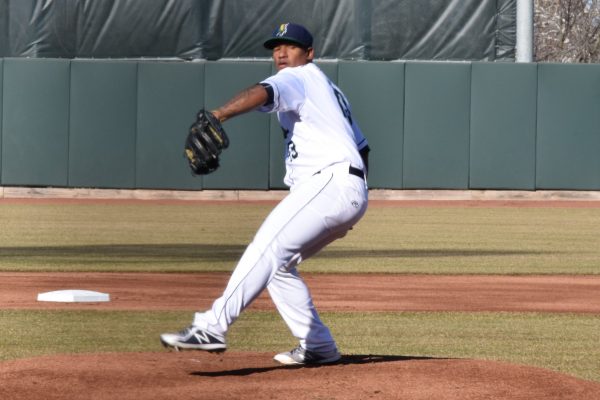
That comment reflects a level of maturity that extends beyond the playing field, as well. Maybe that’s because his path to professional baseball in the United States took a little different route than some Latin American players do.
Typically, most of what we hear and read about concerning signings out of Latin America involve 16-year-olds getting significant signing bonuses. You won’t find any old press clippings announcing a huge bonus being paid to a young Edwar Colina, however.
Colina wasn’t signed by the Twins until September of 2015, a few months after the hard throwing right-hander turned 18 years old, meaning he missed out on the sort of bonus that the most sought after foreign players are paid.
If Colina was disappointed not to be signed as a 16-year-old, he didn’t let that deter him from chasing his dream.
“I was not signed when I was 16,” Colina explained, “but I kept working hard for that because I love baseball. And when (the Twins offer) happened, I just took the opportunity.”
In 2016, he started 13 games for the Twins’ Dominican Summer League team and began last season in Extended Spring Training before making 12 appearances (11 of them starts) for Elizabethton.
Not only has he proven increasingly successful on the mound, he’s also learned the importance of assimilating into his new environment in the United States.
Since arriving in this country not much more than a year ago, he’s worked hard to learn English well enough to communicate with team mates and coaches, not to mention fans and the media.
While the Twins do offer their foreign-born prospects English classes, Colina credits a fellow minor leaguer from the Netherlands, Taylor Clemensia, with helping him accelerate his understanding of the language.
“When I went (to the U.S.) last year, I spent a lot of time with my friend (Clemensia), he’s from Netherlands. I spent like every single day with him and he doesn’t speak Spanish. He helped me a lot.
“When I moved to (Elizabethton) Tennessee, you don’t see too many people that speak Spanish there, so that helped me more. You keep practicing with the players. Every day I asked different things to somebody about whatever. You just try to hear some English and that helped me.”
Again, his maturity level becomes evident when Colina discusses why he feels learning English quickly is important for more than just being able to carry on a conversation with a reporter.
“You never know what would happen later,” he explained. “That’s what I said when I (came) here. Hey, you never know what happens after baseball. Probably, you’ll need your English, so I would do it quick.”
With a level head and an arm that generates a mid-90s fastball, one can’t help but wonder what kind of performance Colina will be capable of once game time temperatures get up into the 85-90 degree range he’s more accustomed to pitching in back home in Venezuela.

Of course, if his performance continues to improve at its current pace, he may be pitching in much warmer temperatures in Ft. Myers, Florida, before long.
“That’s what I try to do,” he acknowledged, concerning the possibility of a mid-season promotion to the class high-A level. “Try to move quick, fast as I can. I’m working hard every single day to fix my mistakes.”
His manager, Toby Gardenhire, has noticed and is a big supporter of the right-hander.
“He’s got plus stuff,” Gardenhire said of Colina. “He’s got a really good fastball, obviously, he runs it up there 95, 96 (miles per hour) a lot of times. He’s got a really good slider and a good change-up that he’s been working on. And the ball moves, that’s the biggest thing. He’s 95, 96 and it doesn’t go straight. He’s got a lot of sink.
“So his biggest thing is, can he control it? Because he has a tendency to kind of dabble around the plate a little bit. When he’s good, he throws a lot of strikes. He’s done that the last couple of times, so hopefully he just keeps getting better with that, too.”

